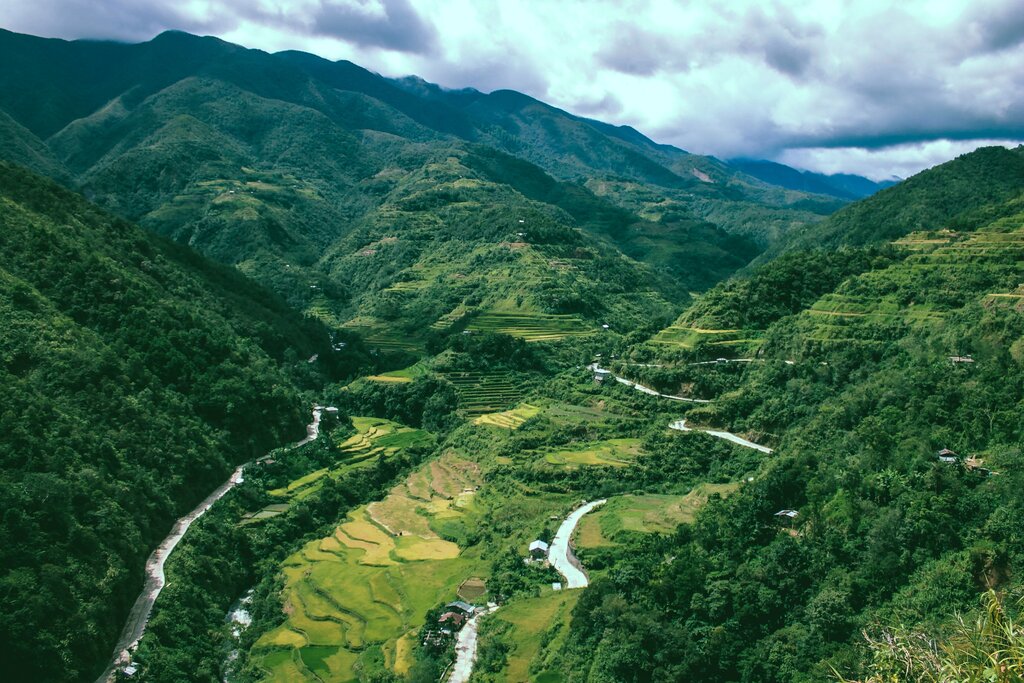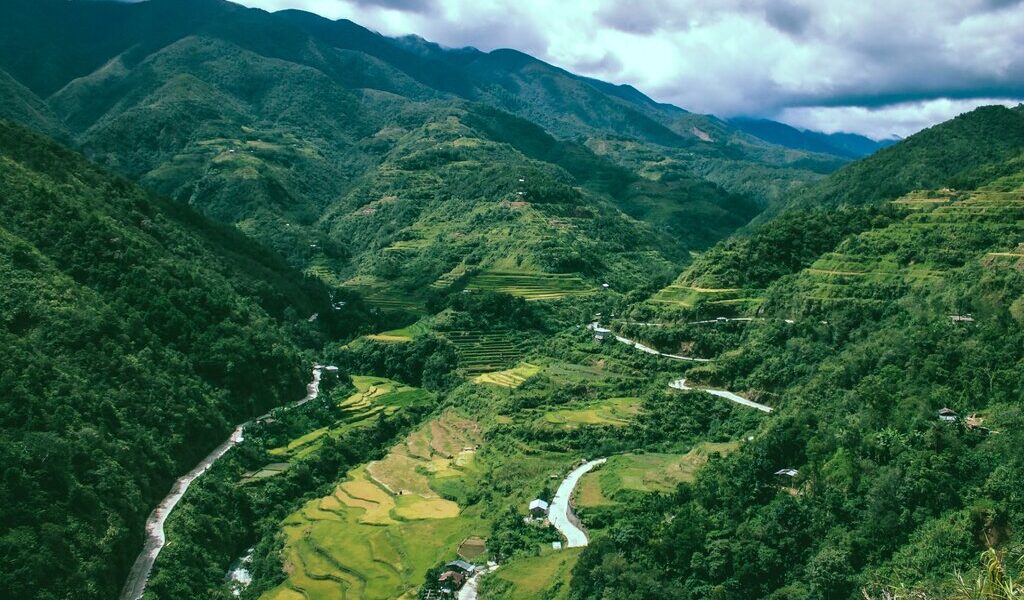
March is the high season for travel to the Philippines, as it’s at the tail end of the dry season. But as temperatures and humidity increase, many travelers prefer to stick to beach areas this month. Luckily, there are plenty to choose from in a country of thousands of islands. Alternatively, head to higher altitudes in the hills for land-based activities.
## Weather in the Philippines in March
As a quintessential tropical nation, the Philippines experiences two distinct seasons: the wet season and the dry season. Visitors should anticipate that temperatures generally run hotter during the wet season and comparatively cooler during the dry season. However, the month of March sits at the very tail end of the dry season, meaning temperatures and humidity levels are likely to be higher in March than they would be in January or February. It’s a transitional period where the heat is starting to build, signaling the approach of the wetter months.
It’s worth remembering that the topography of the Philippines plays a significant role in local weather conditions. The mountains inland will usually offer respite from the heat, generally proving cooler than the coastal areas. The breezes at higher elevations can provide a welcome relief. The regional variation in temperatures across the Philippines means that what you experience on one island might be quite different on another. However, as a general guide for travelers, you can expect temperatures somewhere in the range of 79°F and 93°F (26°C and 34°C) throughout the Philippines in March. Pack accordingly, with light, breathable clothing as a priority.
## Crowds and Costs During March
March falls squarely within peak tourist season for travel to the Philippines. This period sees a large influx of international visitors, although it’s typically not quite as crowded as the absolute peak months of January or February. That being said, a major factor dramatically influencing prices and availability of accommodations and transportation is the timing of Easter. As a predominantly Catholic country with a deeply religious culture, Easter is much more than a public holiday; it’s a significant cultural event in the Philippines. When Easter falls in late March, the impact on travel is considerable.
The predominantly Catholic population of the Philippines take to traveling during this time, with locals embarking on vacations and visiting family. Travelers can expect business closures (particularly on Maundy Thursday and Good Friday), considerably higher prices for everything from flights to souvenirs, larger crowds in popular tourist destinations, and significantly reduced availability of hotel rooms. Booking well in advance is absolutely essential.
If your travel dates to the Philippines coincide with Easter, particularly Holy Week, it’s imperative to book your accommodation as far in advance as humanly possible. Failure to do so can result in paying extremely inflated prices, or having to settle for accommodations that are far from your first, second, or even third choice. Flexibility is key during this period, but advance planning is even more important.
## Prime Destinations: Where to Go in March
Given the higher temperatures that are common in March, it’s a particularly good time to prioritize beach and sea activities during your visit to the Philippines. With thousands upon thousands of islands to choose from, many travelers opt for carefully curated island-hopping itineraries to experience the highlights of several different islands. These islands are typically connected either by air travel or via an extensive ferry network, the mode of transport depending largely on the size of the islands in question and their distance from a major urban center.
**Cebu City** makes an excellent base for an island-hopping adventure. It is very well-connected to **Manila**, the nation’s capital, and to numerous international cities through its international airport. Beyond its convenience as a transportation hub, this vibrant metropolis, recognized as the country’s oldest city, also boasts a wealth of cultural attractions that are undoubtedly worth exploring. Consider a visit to the magnificent **Basilica Minore del Santo Niño**, a historically significant church, or explore the historic **Fort San Pedro**. However, remember that these visits will likely be in the heat of March, so you may still want to prioritize a beeline to the beach shortly afterward to cool off.
The ever-popular island of **Bohol** is a relatively short and convenient ferry ride away from Cebu. This island, in turn, is itself surrounded by a collection of smaller, idyllic islands, each offering its own unique charm and appeal. **Panglao Island**, located just off the southwest coast of Bohol, is a particularly attractive destination. It features a diverse range of resorts catering to various budgets, beautiful white-sand beaches perfect for relaxation, a vibrant coral reef teeming with marine life, and world-class diving opportunities for underwater enthusiasts.
## Activities and Experiences: What to Do
While relaxing on the beaches and indulging in various water sports are undeniably appealing options, consider venturing to higher elevations within the Philippines during the month of March. The inland areas of the Philippines are predominantly mountainous, with numerous mountains located on various islands reaching elevations of around 9,200 feet (2,800 meters). The highest peak in the entire country is **Mount Apo**, which is located on the island of **Mindanao**, soaring to an impressive height of 9,691 feet (2,954 meters). If you’re looking to engage in outdoor activities such as hiking and trekking, heading to these higher-altitude areas is highly recommended, providing a welcome change in climate.
The breathtaking **Banaue rice terraces** in the northern region of **Luzon** are sometimes referred to as the eighth wonder of the world. These remarkable terraces are situated at an approximate altitude of 4,900 feet (1,500 meters), resulting in a significantly cooler and more pleasant climate than the coastal areas. Hiking is an exceptionally popular activity in this region, providing not only stunning landscape views but also offering visitors the invaluable opportunity to interact with the local tribal people and gain insights into the rich and diverse cultural tapestry of the Philippines.
## Exciting Events in March
**Kaamulan Festival**, **Malaybalay City**, **Mindanao**: Typically held in late February or during the early days of March, this vibrant and culturally significant festival is a celebration of the traditions and heritage of the seven distinct ethnic groups that call the area home. It’s a colorful and immersive experience.
**Arya Abra**, **Bangued**: Taking place during the first couple of weeks in March, this unique festival serves as a grand gathering of the northern tribes of the Philippines, convening in the northern part of Luzon. A major highlight of the Arya Abra festival is witnessing the thrilling bamboo raft races that take place on the Abra River.
**Easter**, **nationwide**: If the Easter holiday falls within the month of March, you can expect to witness a wide array of parades, theatrical performances, and passion plays, all infused with a distinctly local Catholic flavor. These events can be observed throughout the entire country during the sacred period of Holy Week.
Word Count: 894
B-2156

